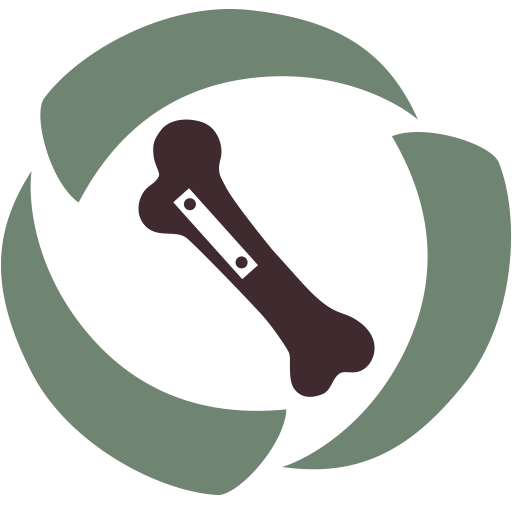
Call us to schedule a TPLO consultationCall to schedule a TPLO consultation
The TPLO surgery in dogs is performed to treat cranial cruciate ligament (CCL) injury. This is the most common orthopedic injury we diagnose in dogs. Equivalent to the ACL in people, this ligament can degenerate over time. Because of this degeneration and the unique structure of the canine knee, the cruciate ligament is not replaced or repaired. Instead, the tibial plateau leveling osteotomy (TPLO) procedure is used to stabilize the knee. This surgery has a high success rate that, once healed from surgery, allows your pet to enjoy normal activity once again.
We are dedicated to providing exceptional care and service for you and your pet. AESC is one of the only veterinary hospitals in the area that provides everything your dog needs for a successful surgery and recovery, all in the same place. This includes:
We understand that quality pet surgery can be expensive, and we strive to make our comprehensive TPLO package as affordable as possible. We also accept pet insurance, CareCredit, and Scratchpay. Schedule a consultation to learn more about our TPLO package and payment options.
For any additional questions about TPLO surgery at AESC, please refer to our TPLO FAQ Page.